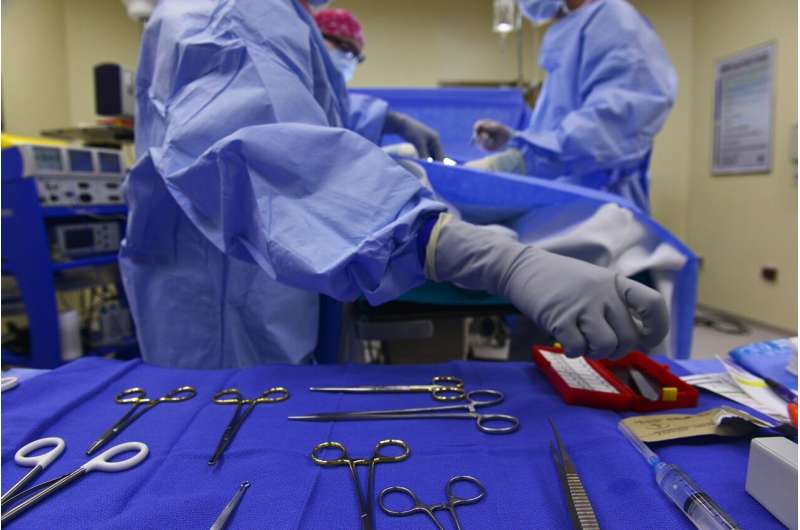

In a large, international retrospective study, men at high risk for death from prostate cancer had a significant reduction in all-cause mortality if treated with radiation shortly after surgery.
Prostate cancer is one of the most common forms of cancer among men, and about 1-in-8 of them will be diagnosed with it during their lifetime. While most men are cured with available treatment, there remains a group at high risk for death. In the United States in 2020, 33,330 men died from the disease, making prostate cancer the second leading cause of cancer death for men in this country. Therefore, among those at highest risk of recurrence, metastasis, and death from prostate cancer, understanding what steps can be taken to lower these risks could save and extend lives.
Early results from three randomized, clinical trials reported no benefit to giving adjuvant radiation therapy (i.e. when the prostate-specific antigen (PSA) level is not measurable) rather than early salvage radiation therapy (i.e. when the PSA level becomes measurable, signaling recurrence). But these three studies had very small numbers of men at high risk for death from prostate cancer. A new, retrospective study focuses on men who have both high-grade prostate cancer that extends outside the prostate and/or has spread into the lymph nodes. For these men who are at high risk of dying from the disease, there was a significant reduction in the risk of death with adjuvant radiation therapy (aRT) use, suggesting that it should be offered to these men. Results are published in The Journal of Clinical Oncology.
“We found that men at highest risk for dying from prostate cancer may lose the chance for cure if we wait for the PSA to become measurable before delivering radiation after surgery,” said corresponding and senior author Anthony D’Amico, MD, Ph.D., professor and chief of Genitourinary Radiation Oncology at Brigham and Women’s Hospital and Dana-Farber Cancer Institute. “While three previous randomized studies have largely encompassed men at very low risk of dying from prostate cancer after surgery, men at high risk of dying from prostate cancer have the most to lose from delaying the use of early and potentially life-saving radiation therapy. We focused on these patients and on the sentinel endpoint of mortality.”
To conduct their study, D’Amico and colleagues leveraged a cohort of more than 26,000 men treated between 1989 and 2016 across the U.S. and Germany. The cohort included 2,424 patients who were at high risk for dying from prostate cancer despite surgery—men with a Gleason score of 8-10 and extension of the cancer beyond the prostate capsule and/or into pelvic lymph nodes.
The researchers found that adjuvant radiation therapy was associated with significantly lower all-cause mortality. Among men with high-grade prostate cancer that extended outside the prostate, the risk of death was reduced by two-thirds. Ten years after radical prostatectomy, the rate of all-cause mortality was 5 percent among those who received adjuvant radiation therapy, compared to 22 percent among those who had received sRT. Among those whose cancer had spread to the lymph nodes, a group many consider incurable, the risk of death was reduced by one-third.
The authors note that their study is retrospective in nature, and while they took many steps to adjust and control for relevant patient- and cancer-related factors, some degree of selection bias may exist. For example, men selected for adjuvant as compared with early sRT might have been healthier. Therefore, it is possible that the risk reduction in death could overestimate the true risk reduction.
Source: Read Full Article